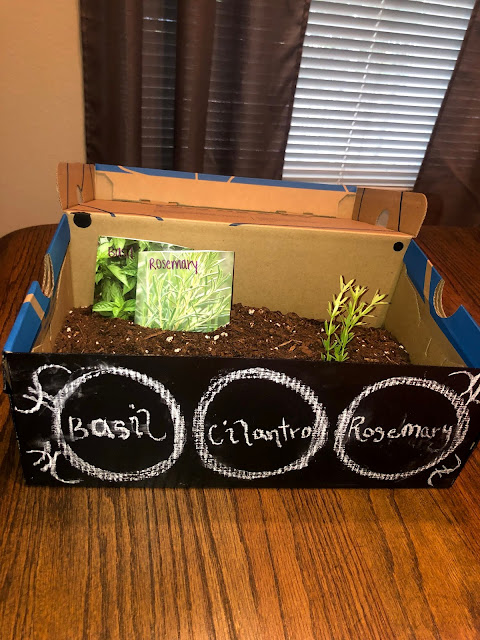Assistive Devices
Clients need assistive devices for various reasons. Before appropriately fitting a client with an assistive device it’s important to understand your client’s limitations and abilities. If your client had surgery, there are probably some limitations and we would need to follow specific protocol. For example, if your client had a hip replacement surgery, they may not be allowed to put any weight on that limb for a specific amount of time. As their therapist, we would fit them for a device that would keep them from putting weight on that limb, like crutches. It is also important to be aware of your client’s abilities when appropriately fitting them for a device. For example, if your client has okay strength but poor balance, we would need to fit them for a device that would provide the most stable base of support, like a rolling walker. Knowing limitations and abilities allows us to fit a client appropriately. If we know how to fit a client based on their needs, we can prevent further injuries from occurring and provide safety and the confidence a client needs to participate in daily activities.
Fitting a client for canes and rolling walkers are similar in that the hand grip should be at the level of the greater trochanter when the elbow is relaxed and flexed at 20-30 degrees, and the shoulders are relaxed. When fitting an individual for crutches, the hand grip should still be at the level of the greater trochanter but the axillary rest should be 5cm below floor of the axilla with shoulders relaxed. When fitting for lofstrand crutches, the forearm cuff should be positioned 2/3 of the way up the forearm. The hand grips will still be level with the greater trochanter and will point forward. A platform walker would be fitted for a patient who cannot bear weight through wrists or hands or has poor trunk support. The platform needs to be positioned so that weight is distributed through the forearm when elbow is bent at 90 degrees. The forearm should also be 1 to 2 inches off the platform surface to prevent compression of nerves.

Good job!
ReplyDelete